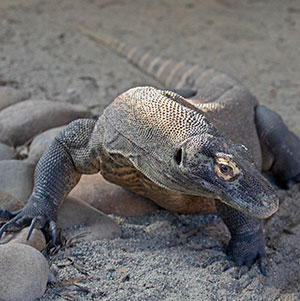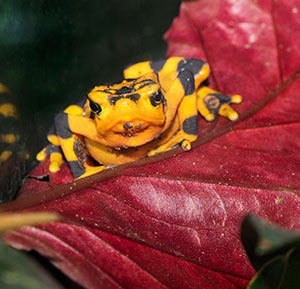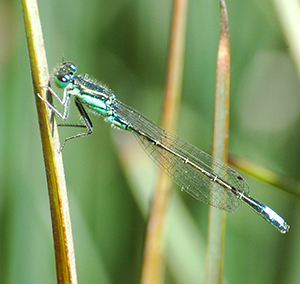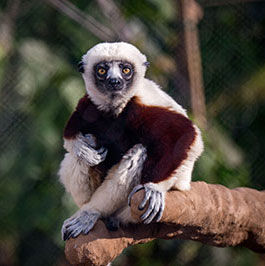SF Zoo by the Numbers
San Francisco Zoo & Gardens is home to a broad range of endangered, exotic and rescued animal species. Over the past few years, SF Zoo has undergone a philosophical transformation, as we tell the story of the importance of ecological biodiversity, and how human behavior has threatened many once thriving regions around the world. As such, while our focus has always been wildlife conservation as the cornerstone of our mission, our emphasis now is to create a space and dialogue for guests to better understand why so many of the world’s species are endangered, with many species in danger of becoming extinct.
We feel it is important to share the breakdown of our animal residents, to underscore how important it is to learn about, learn from and contribute to our knowledge base, about species whose numbers have dwindled or continue to decline, due to climate change, deforestation, illegal poaching, human encroachment and loss of habitat and genetic variation.
SF Zoo Animal Species
This list is comprised of the total animals housed here and animals that are part of our conservation program.
- Mammals – 151 individuals/56 species
- Birds – 233 individuals/56 species
- Reptiles – 90 individuals/42 species
- Amphibians- 4,167 individuals/19 species
- Invertebrates- 2,988 individuals/114 species
Total number= 7,629 individuals/287 species
SF Zoo Endangered Species
The International Union for Conservation Nature (IUCN) which publishes the IUCN Red List of Threatened Species was established in 1964. According to the IUCN, their Red List is the world’s most comprehensive source on global extinction risk status of animal, fungus and plant species and is a critical indicator of the health of the world’s biodiversity. SF Zoo’s listed species are as follows:
- Critically Endangered – 16 species
- Endangered Species – 18 species
- Vulnerable Species – 26 species
The approximately 162 different species here are comprised of 60 species that are on the IUCN Red List. 37% of the species we care for are in danger of disappearing without human intervention.
(Note: some species are not listed due to insufficient data, in particular, the Insect Zoo)
Rescued Animal Census
SF Zoo plays an important role in the community, statewide and under federal guidance, as a resource to provide permanent housing for various orphaned, non-releasable, former pets, confiscated animals, or animals placed here by federal wildlife authorities. These individual animals serve as important ambassadors of their species, and would otherwise not survive.
Individual animals are noted here by percentage:
- Mammals – 16/151– 10.6%
- Birds – 12/233– 5%
- Reptiles – 41/90– 45%
- Amphibians – 9/44– 20%
- Insects are not included
Approximately 20% of exhibited animals are from the rescue process.
Re-establishing Locally Threatened Populations
In an ecological region, species of all sizes and scope, from insects to amphibians and reptiles, to birds and mammals, play an important part in their environment. As such, our Conservation Department works to re-establish populations in areas where some species disappeared, and working in tandem with state and federal agencies and partner organizations. Our team here raises species for re-release, while our partners monitor their recovery in the area.
- Sierra Nevada yellow-legged frog (Rana sierrae)
- California red-legged frog (Rana draytonii)
- Western pond turtle (Actinemys marmorata)
- Yosemite toad (Anaxyrus canorus)
- San Francisco garter snake (Thamnophis sirtalis tetrataenia)
- San Francisco forktail damselfly (Ischnura gemina)
Reintroductions of these species are occurring at the Yosemite National Park, Golden Gate National Recreation Area, Sequoia-Kings National Park, and Plumas National Forest




